Turmeric
On top of being both a medicinal, and a culinary herb, it’s beautiful too. The foliage is very tropical looking, and the torch shaped flowers are quite beautiful. On top of all of this, it goes completely dormant in the Winter, so it can be easily grown in Northern climates.
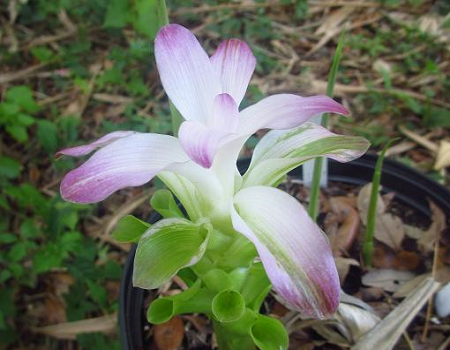
Turmeric (Curcuma longa) has become very popular lately due to its anti-inflamatory properties. The rhizome of the plant contains an antioxidant called curcumin that has tremendous health benefits. As seen on the Dr Oz show, curcumin can elevate your mood when depressed, as well as many other wonderful benefits.
“Recently, turmeric has gained the recognition of the scientific community for its potential for lowering cholesterol, reducing blood sugar in diabetics, relieving arthritis, supporting liver function, improving digestion, reducing menstrual cramps, reducing inflammation in the colon, wound healing, fighting cancer and preventing Alzheimer’s disease. Its broad medicinal uses are due to its anti-inflammatory, antiseptic and antioxidant qualities.”
-Kulreet Chaudhary MD
As healthy as this spice is, it is also delicious. It is an essential ingredient in curry, but it can be added to any dish that has ginger in it. It imparts an appealing bright yellow color to a dish as well. When peeling or chopping fresh turmeric, it is important to wear gloves, or your fingers will be stained bright yellow. It will also stain your cutting board, your counter tops, your sink, and your clothes if you aren’t careful. As a matter of fact it is used as a fabric dye in many parts of the world.
Right now you’re probably thinking, “it’s healthy and delicious, what more could I ask for?”, but wait, there’s more. On top of being both a medicinal, and a culinary herb, it’s beautiful too. The foliage is very tropical looking, and the torch shaped flowers are quite beautiful. On top of all of this, it goes completely dormant in the Winter, so it can be easily grown in Northern climates.
Everyone should have a turmeric plant.
Origin
India
Family
Zingiberaceae
Binomial nomenclature
Curcuma longa
Common names
Turmeric
Description
Turmeric is a perennial plant with lanceolate leaves that are uniformly green, and 2-3 feet long. The rhizomes are up to one inch in diameter and deep orange inside. The flowers bracts are all white or more rarely tipped with purple. The labellums of the flowers are yellow.
Height
36″ tall.
Temperature/Zone
Zone 8b, 32°F. This plant goes completely dormant, so it is a good choice for Northern gardeners. Simply dig up the rhizomes in Fall and Winter them in a paper bag with some sawdust or dry potting soil.
Light
Part sun to shade.
Water
Keep them evenly moist while growing, but allow them to dry out while dormant.
Fertilizer
I use a fertilizer formulated for tomatoes while they are growing. Do not fertilize in the Winter.
Cultivation
Turmeric a very easy ginger to grow. It prefers rich, well drained soil.
Pests
I have not found any pests to be a problem for this plant in Florida.


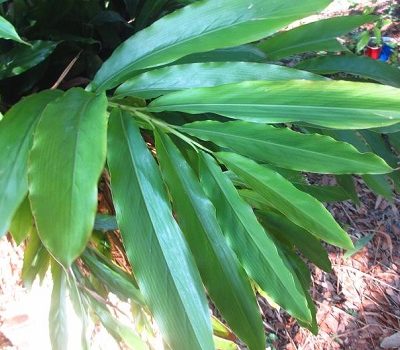
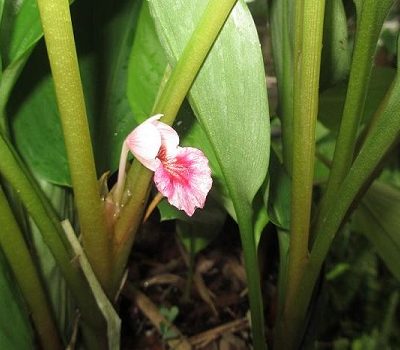


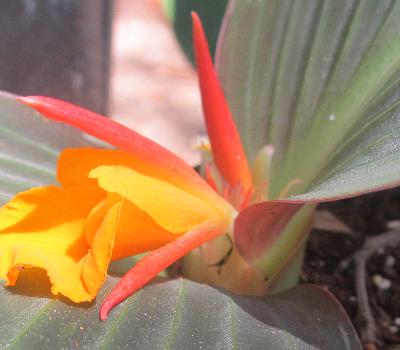

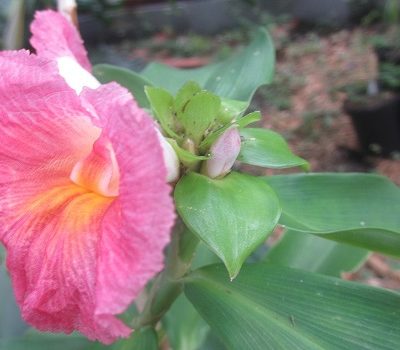
Way trendy, some valid points! I appreciate you making this post
available, the rest of the site is also high quality. Have
a enjoyable.